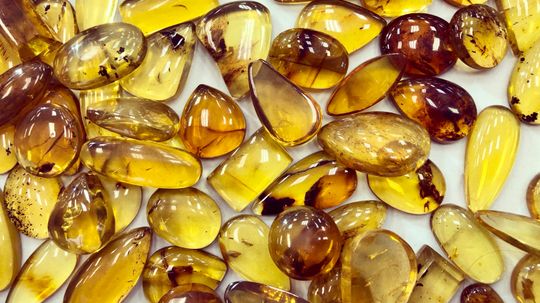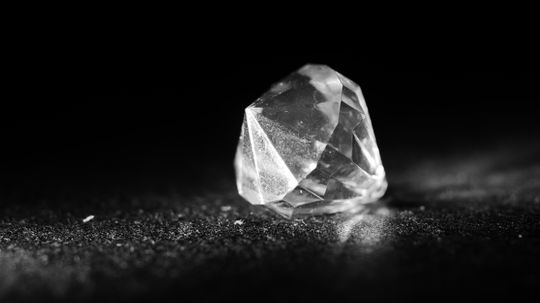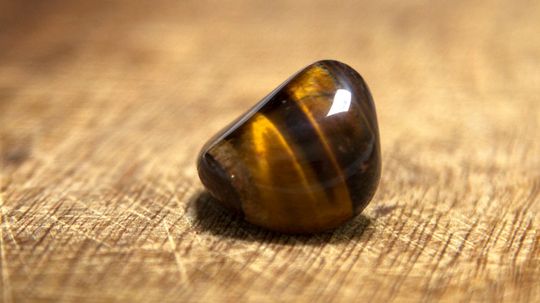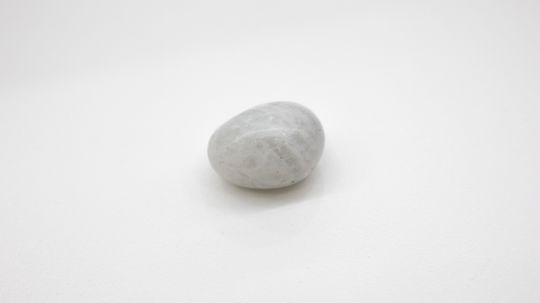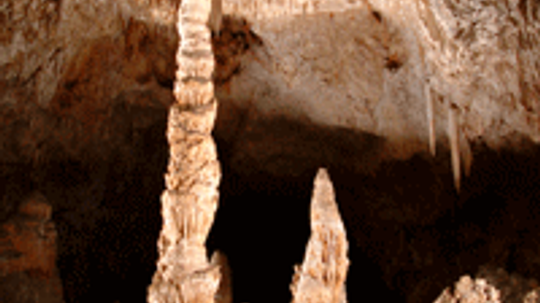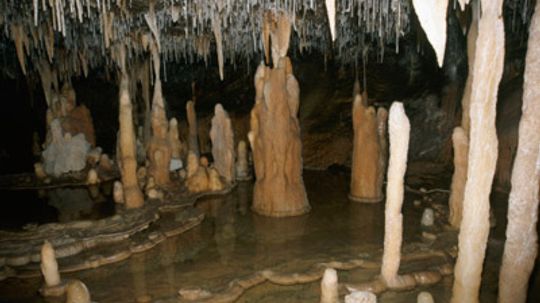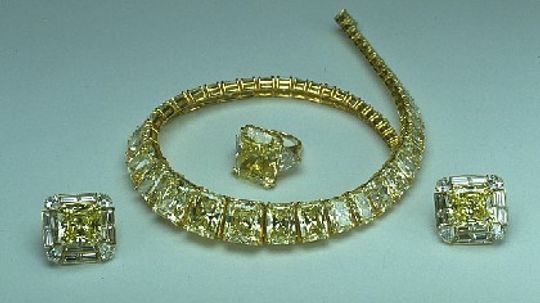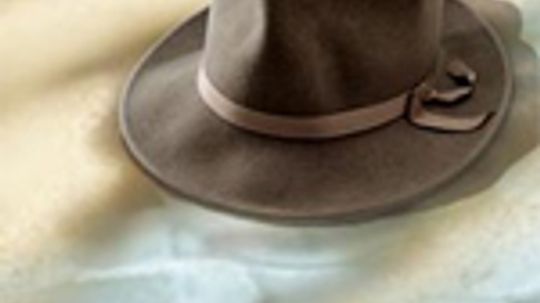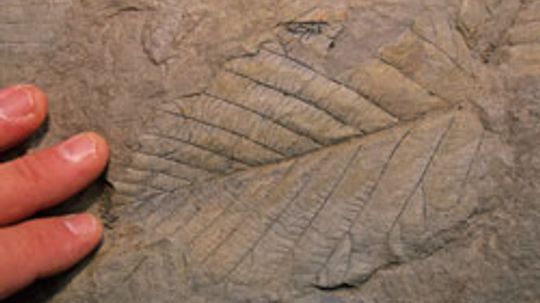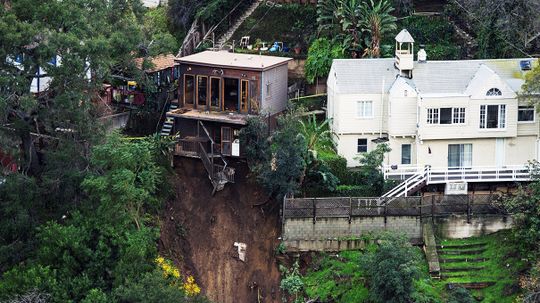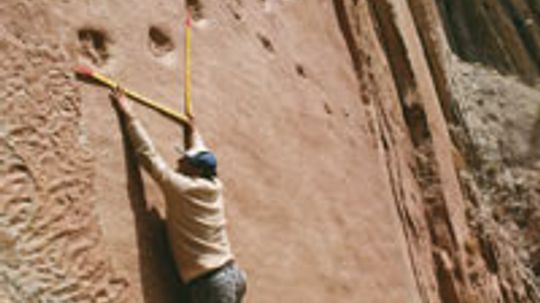Geology
Geology is the study of the composition and physical properties of rocks, minerals, gems and other related earth materials, including diamonds and crystals. Scientists gain an understanding of the Earth's history by studying its composition.
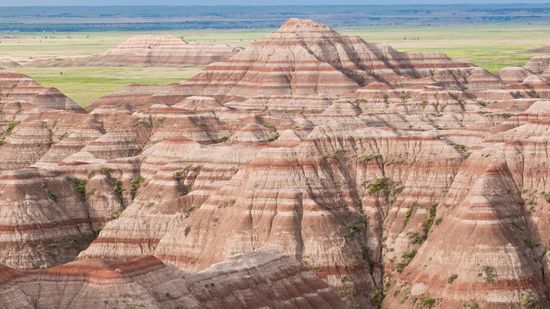
3 Types of Rocks Every Aspiring Geologist Should Know

What Are Geodes and Where Can You Find Them?
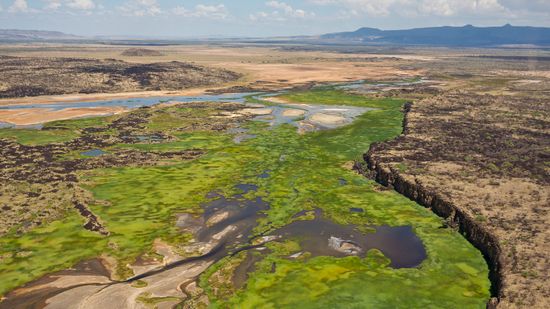
Is Africa Splitting in Two? Really? Here's the Scoop

15 Types of Gemstones to Add a Little Sparkle to Your Life

13 Brown Gemstones for Understated Elegance

10 Red Gemstones That Evoke Power and Bold Luxury
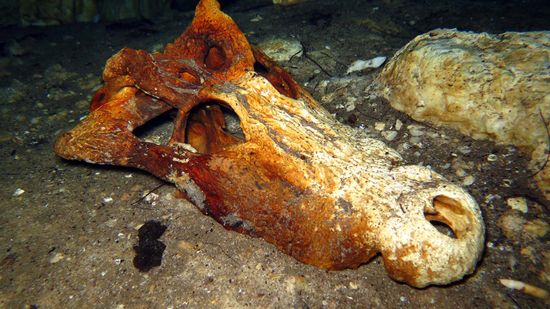
River-bottom Bones: The Strange World of Underwater Fossil Hunting
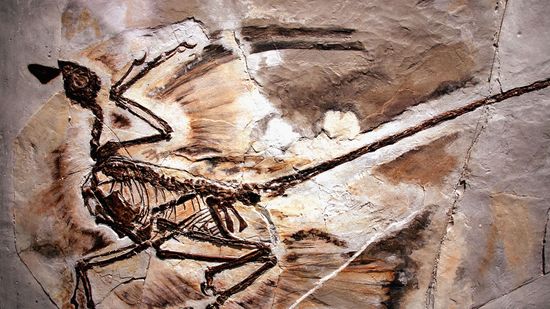
Velociraptor Alert: The Feathered Dinosaur Quiz
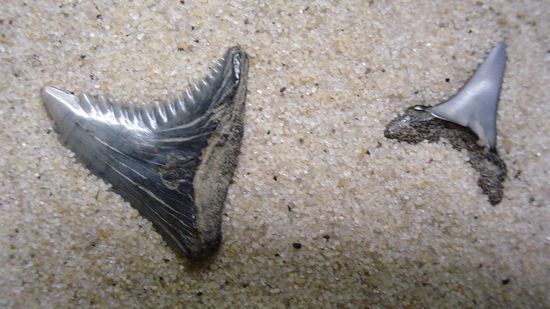
The Rockin' State Fossils Quiz
Learn More / Page 2
Discover why jade is called the "stone of heaven" across ancient civilizations. Learn how this powerful crystal not only attracts wealth but also heals the heart chakra in ways modern science is just beginning to understand.
By HowStuffWorks
Discover why Red Jasper is called the "crystal of controlled passion" – the surprising way it balances sexual energy while amplifying your manifestation abilities. Learn which chakra it truly resonates with
By HowStuffWorks
Ignite your passion and creativity with carnelian-discover the hidden powers, ancient symbolism, and bold energy behind this fiery stone that’s said to boost courage, motivation, and confidence. Curious how carnelian can transform your life.
By HowStuffWorks
Advertisement
Discover Amazonite meaning: a soothing gemstone of balance. Explore its calming properties and spiritual significance. Dive into Amazonite's world.
By HowStuffWorks
Explore Citrine Meaning - Unveiling Its Power and Significance. Discover the spiritual and healing properties of Citrine crystal.
By HowStuffWorks
Clear quartz holds more than just beauty! Discover its true meaning, explore its healing powers, and learn how it can bring clarity and balance to your life.
By HowStuffWorks
Is Amethyst the right stone for you? Find out how this crystal can help you achieve greater peace, clarity, and spiritual growth. What can Amethyst do for your life? Explore its properties.
By HowStuffWorks
Advertisement
Discover how this mystical stone can bring you wealth, courage, and protection. Is Tiger's Eye the key to unlocking your hidden potential? Find out now and transform your life.
By HowStuffWorks
Discover the mysterious power of Moonstone—the stone of new beginnings, intuition, and emotional balance. Unlock ancient secrets, spiritual benefits, and healing energies that have fascinated dreamers and travelers for centuries.
By HowStuffWorks
Explore Labradorite Meaning: Mystical properties, spiritual insights, and transformation. Uncover the magic of Labradorite symbolism.
By HowStuffWorks
Birds are - quite literally - living dinosaurs. Our quiz will test your knowledge of the fluffy, downy and winged dinos of the bygone Mesozoic era, from little Microraptor to the enormous Yutyrannus.
By Mark Mancini
Advertisement
To honor their prehistoric pasts, most U.S. states have designated official state fossils, ranging from trilobites to dinosaurs. Take our quiz to learn more!
By Mark Mancini
Decades after the massive conflict, reminders of battles linger in pristine Pacific waters.
Decades of fossil discoveries have revealed much about the extinct members of our hominid family tree, but we're far from having all the answers. What have we learned from some of these fascinating finds?
By Jane McGrath
The world of our far-future descendants may be as unrecognizable to us as our bustling, urbanized world would be to our bewildered ancient forefathers. Will energy drive many of those changes?
By Robert Lamb
Advertisement
The Doll's Theater of Carlsbad Caverns looks otherworldly and took ages to form. What other incredible sights await us below ground?
By Julia Layton
Diamonds are some of the most brilliant and expensive natural features Earth has to offer. This collection of images displays diamonds in all their uncut and polished shapes and sizes. Obligatory pictures of very large diamonds are included of course.
One grows from the ground and one from the ceiling, but sometime's it's hard to remember which is the stalactite and which is the stalagmite. How do they get there, anyway?
By John Fuller
Diamond engagement rings. Diamond anniversary bands. Diamond earrings and necklaces. And now, the right-hand diamond ring! The four Cs -- cut, clarity, carat and color. Find out what the fuss is all about.
By Kevin Bonsor
Advertisement
Countless movies and television shows depict quicksand as some kind of living creature that sucks its victims down into a bottomless pit, never to be heard from again. Well, you can't believe everything Hollywood tells you.
By Kevin Bonsor
Carbon-14 dating is something that you hear about in the news all the time. Everything from mastodons to the Shroud of Turin has been dated using this technique! Learn about how carbon-14 dating works and why it is so accurate!
Earthquakes and volcanoes get all the press. But the landslides they trigger are often more devastating. What makes the ground suddenly rip downhill, taking trees and homes with it?
It's not a trick; before you are a number of reptilian footprints in the rock. They're dinosaur tracks, preserved for thousands of years. But how did they possibly get there?
Advertisement
Some people believe that dinosaurs were relatives of today's birds. But, you might ask, if that's so, why didn't they have feathers? Funny you should ask.
Hollywood makes T. rex seem fast and agile, but some scientists think it was a scavenger, like a vulture. So which was it?




